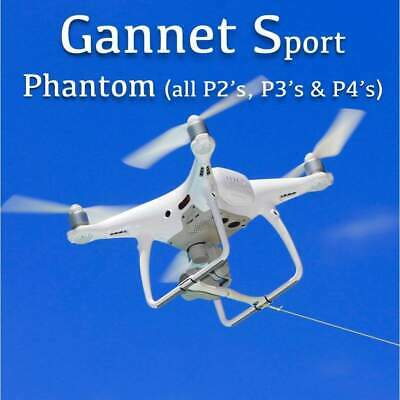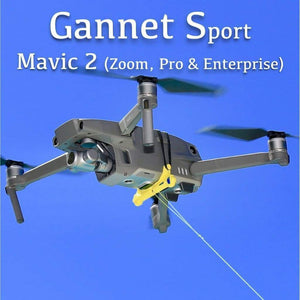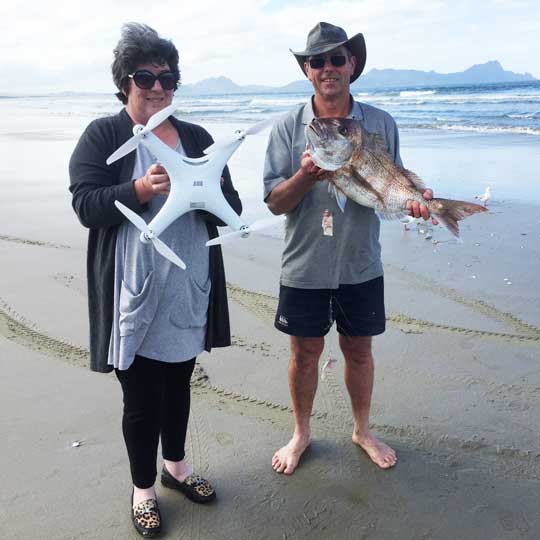
It is important to know the rules and regulations when you use a drone for fishing. You can also view instructional videos on how you can fly a drone to catch a fish. Our article on drone ethics will help you to make informed decisions about your drone use. Here are some ethical concerns about drone fishing. Don't forget our guide to drone fishing gear.
Regulations for drone fishing
The regulations for drone fishing for tuna can be confusing when you're watching YouTube videos. Although there are many reasons you should follow local laws in your area, safety is the main concern. It is essential to adhere to the appropriate laws to ensure the safety of both fish and you. In this article we will cover some of the most important rules and make sure you follow them. Also, don't forget about the International Game Fish Association Rules.
Drones are not allowed to operate in public places like stadiums and sporting events. They are not allowed to carry weapons or operate within half a mile from sporting events. A drone operator must be able see all of their equipment at all times. A drone cannot be flown over crowds, stadiums, critical infrastructure, or emergency response vehicles. If you have any questions about how a drone can be used to fish, please consult your local law enforcement agency.

Many states have passed laws that govern the use of drones. However, others have not yet adopted them. Illinois recently passed SB2167. The bill prohibits drones being used in state parks without permission. It also sets forth privacy rights and outlines what rules are required for commercial and recreational drone operators. Finally, it prohibits drones from interfering with hunters and other wildlife. These new laws are expected in a few decades.
Concerns about drone fishing
Drone fishing isn't without controversy. Some companies sell underwater drones with the ability to catch fish. These drones are often equipped with video cameras that show the fishing process. It's remarkably similar as casting a line for a fish. The method of removing a fish from the water is a bit different. This type of fishing is not ethically acceptable.
While drones have obvious benefits for fishing, some feel they cheat the fisherman. Fishing has not changed much over the centuries, but using drones to catch fish might change that and decrease the thrill of the chase. Drones could also be harmful to conservation. Here are some ethical issues to be aware of before you purchase a drone for fish-catching.

First, drone fishing is not the best option. Drone fishing may cause damage to the environment or overfish endangered species. Although some states allow recreational drone fishing, others do not. Drone fishing is not without its limitations. Drones that are cheap might not have the GPS functionality, lifting capacity or control range required. If the line gets tangled, drone fishing can result in fish being lost. The third issue is piloting.
FAQ
What US states are drones legal?
A drone can be legally operated for recreational purposes. The Federal Aviation Administration has created guidelines to allow small unmanned aircraft system (UAS) use. These UASs must be registered with the FAA before they can be flown. If certain conditions are met, the FAA allows commercial operators to fly these UASs.
Is it possible to fly my drone in my backyard?
Yes! These are known as UAVs (unmanned air vehicles). There are many kinds of drones today. They range from small quadcopters, to large fixed-wing planes. The FAA recently updated its rules regarding commercial UAV use. You can now legally fly them to business purposes. It is important to remember that UAVs are not allowed near airports.
Where can I buy a drone?
You can buy many types of drones online. Many people prefer to buy their drones online through Amazon, eBay or Walmart. Others opt to purchase their drones direct from manufacturers.
Statistics
- According to the multiple listing service (MLS), houses and apartments with drone photographs are up to 68 percent more likely to sell than those without pictures. (thedroneu.com)
- With the top 10% making over $100/h and the bottom 10% making as low as $10/h. (dronesgator.com)
- According to industry research from ZipRecruiter , there are 10 cities where the typical salary for a Drone Pilot job is above the national average. (dronesgator.com)
External Links
How To
How to Fly Drones With Beginners
A drone is an unmanned aerial vehicle that can be remotely controlled and used for surveillance, aerial photography, film production, research, and other hobby purposes. Drones are a technology that has been around since World War II. However, commercial use began in 2010 when DJI released their Phantom series of quadcopters. There have been many types of drones since then, including beginner-friendly drones like the Parrot AR Drone 2.0 and professional-grade multi-rotor crafts like the DJI Mavic Pro.
There are many methods to fly a Drone, including
-
Remote control: This uses a remote control device that attaches to your hand and allows you control the drone along its flight path. There are two types of controllers available: joysticks and on/off switches.
-
Manual Control- This allows you to control your drone remotely via GPS coordinates. You will need to keep track of where the drone is going and follow the directions from the app.
-
Autonomous Flight: This means that the drone will take care of all the piloting. It basically flies autonomously without any human intervention. The drone must be equipped with a camera and sensors that can capture images and data in order to fly autonomously.
-
Triggered Flying - This method works in the same way as manual control. However, the pilot has to manually set up a route for the drone and it follows that route until reaching the endpoint. After the preprogrammed route is complete, the drone will automatically land and return to its base.
-
Landing Gear – Some drones are equipped with landing gear, which allows them to safely land if they lose power during flight.
-
Goggles-Some pilots use goggles to protect their eyes from debris during operations.
-
Camera - Some drones can be equipped with cameras which enable you to capture photos from the sky.
-
Obstacles – Some drones have obstacle avoidance systems that stop them from colliding with obstacles.
-
Speed - Some drones can travel at speeds over 40 mph.
-
Battery Life – Most drones will last 20 minutes to three hours depending on how powerful they are.
-
Some drones have a range of up to 30 miles, depending on their model.
-
Power source - Some drones require an external power source; others work off internal batteries.
-
Weight - Some drones can be as light as 1 pound while others can reach 4 pounds.
-
Size - Drones come in many sizes, from small gadgets that fit in one's hands to large craft that weigh more than 50 lbs.
-
Price – All drones fall into a price category. These range from expensive models that cost thousands to affordable options that start at 100 dollars.